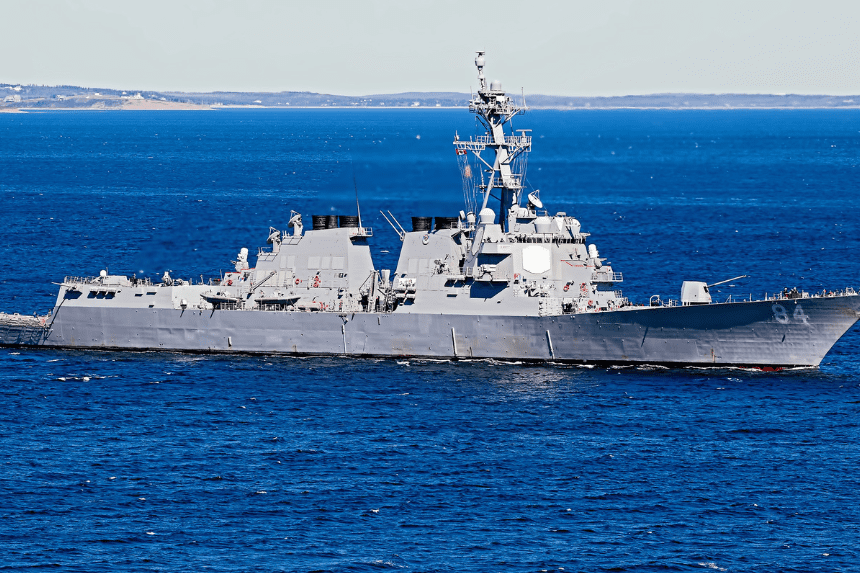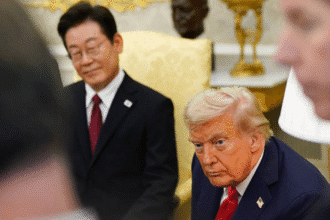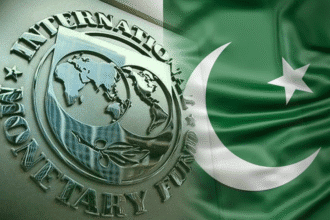Less than a month after the warship severely crashed during its first launch, North Korea has once more attracted international interest with the quick relaunch of its new navy destroyer. Among the biggest and most sophisticated warships Pyongyang has ever built, this 5,000-ton vessel Its initial failure, however, embarrassed the government and set off quick political and military reactions.
- How Did North Korea Recover the Warship So Rapidly?
- Attending the North Korea Naval Destroyer’s relaunch was who?
- Why Is This Naval Destroyer Strategically Important?
- Kim Jong Un said what at the ceremony?
- Is the Warship Fit for Service?
- This suggests what for regional and global security?
- What then lies ahead for North Korea’s fleet?
State media said that technical mismanagement and shipyard carelessness were the causes of the failure. Consequently, soon after the incident, three shipyard officials and one senior military officer were taken into custody. The arrests seemed to indicate a strong will of the government against incompetence and a will to keep control over strategic military projects.
Kim Jong Un responded with obvious wrath and instantly gave the destroyer instructions to be rebuilt and launched. But the rapid turnabout raises questions about whether the ship is sea-ready or if political pressure has superseded engineering common sense.
How Did North Korea Recover the Warship So Rapidly?
Soon after the abortive launch, satellite pictures started to indicate activity around the wrecked ship. The North Korean navy vessel was first seen partly submerged in the port. It was relocated to a nearby repair location over the next days, where cranes and tools were transported in to refloat and stabilize the vessel.
Early June saw the ship return to the sea and be seen parked at Rajin Port, in the northeastern the nation. Independent defense specialists have voiced questions about the structural integrity of the ship and the completeness of the repairs, even with the amazing pace of repair.
Politics seems to motivate as much of the quick recuperation and restart as the military does. Kim Jong Un personally committed himself to the achievement of this project; hence, the declaration of resilience rather than technical success came from the return of the destroyer. Read another article on North Korea’s Missile Launch
Attending the North Korea Naval Destroyer’s relaunch was who?
Held at Rajin Port, the relaunch event was a public event with a great profile. Kim Jong Un, the leader of North Korea, had his daughter Kim Ju Ae along. Their combined presence highlighted the seriousness of the occasion and the symbolic value the leadership gives to the armed power of the nation.
Pictures taken by state media showed Kim and his daughter looking over the ship and talking to naval officials. Often taken as evidence of generational succession planning, Kim Ju Ae also emphasized the political message underlying the event.
The North Korea naval destroyer’s launch was a deliberate exhibition of leadership, national pride, and a reaffirmation of military intent, not only a technical milestone.
Why Is This Naval Destroyer Strategically Important?
One of two 5,000-ton ships North Korea built in the past year is the new destroyer. Now the biggest in their navy, these ships are thought to have contemporary radar, missile systems, and maybe even nuclear launch capacity.
One of Kim Jong Un’s main strategic goals, state media has indicated that these ships could be the foundation of a future nuclear-armed fleet. North Korea wants to challenge the maritime presence of competitor forces in the area by expanding the size and reach of its navy, therefore projecting strength outside its immediate coastal seas.
North Korea is aggressively increasing its naval presence with two ships already launched and two more scheduled for construction within the next year. This larger scheme depends much on the North Korea navy destroyer, which is considered a key component.
Kim Jong Un said what at the ceremony?
Kim gave a defiant yet forward-looking address during the relaunch event. He underlined that the initial setback had not interfered with the military modernization objectives of the nation and promised to keep increasing the navy’s capability.
Kim said, “Soon enemies will feel how provocative and unpleasant it is to sit and watch the ships of an adversary run rampant on the fringes of sovereign waters.”
His message gave little opportunity for doubt. North Korea plans to keep developing and deploying sophisticated maritime capabilities; any obstacles will be quickly overcome.
This rhetoric aligns with the larger strategic posture of the government: showing strength, defiance, and a readiness to escalate should challenges demand. Read another article on NK Halts Tourism After Reopening
Is the Warship Fit for Service?
Military observers remain wary even if official media presents the North Korea naval destroyer’s launch as a total success. According to experts, actual operational readiness calls for months—sometimes years—of testing, calibration, and sea trials.
Given the limited time between the capsizing and relaunch, there is great conjecture that the repairs might have been cursory. Under a government where image sometimes takes precedence over openness, it is challenging to find the precise state of the ship.
Still, North Korea’s quick reply reveals a great degree of will to keep pace in its defense development even under pressure.
This suggests what for regional and global security?
A major turning point in Pyongyang’s endeavor toward a modern, nuclear-capable fleet is the relaunching of a North Korean Navy destroyer. East Asian balance of power gets more sensitive as the nation keeps funding sophisticated weapon systems and military infrastructure.
Along with the United States, nearby nations like South Korea and Japan will be attentively observing these changes. Any more action, including military drills or weapon testing, might aggravate already unstable conditions.
Simultaneously, North Korea’s will to recover from setbacks becomes abundantly evident: the nation is not slowing down its military aspirations.
What then lies ahead for North Korea’s fleet?
The North Korea naval destroyer’s reactivation following a well-publicized setback shows the government’s will and ability to act quickly under duress. It also emphasizes how increasingly important naval might is in Kim Jong Un’s military plan.
Although the long-term impact of this destroyer is yet unknown, its service return is a clear indication to the globe. North Korea is dedicated to modernizing its armed capabilities, increasing its scope, and bolstering its geopolitical posture.
Global focus on the Korean Peninsula will be centered not only on land but also, increasingly, at sea going forward.








